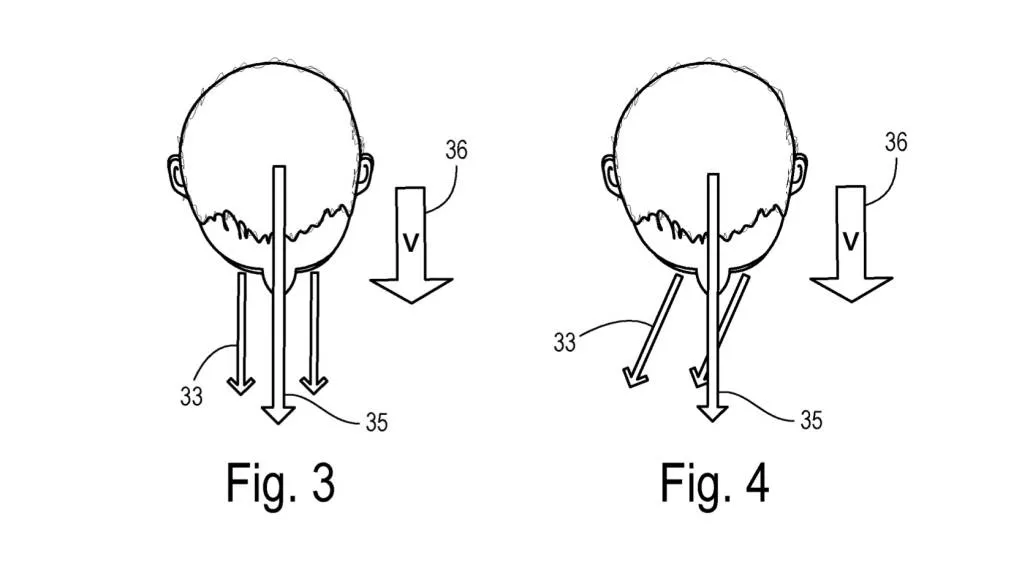FYI: Ford is pioneering innovative headlight technology that could revolutionize night driving by aligning the lights with the driver’s line of sight.
Ford’s Advanced Headlight Technology: Look Where You Light
Ford is diving into cutting-edge automotive advancements with the development of headlights that adjust according to the driver’s gaze. A recent patent application, filed with the United States Patent and Trademark Office (USPTO) and published on July 11, 2023, unveils Ford’s ambitious plan for steerable headlights that respond to eye and head movements.
A Leap Beyond Conventional Adaptive Headlights
While adaptive headlights are already available from manufacturers like Subaru, primarily responding to steering direction, Ford seeks to refine this concept further. The automaker recognizes the potential benefits of gaze-directed lighting on straight roadways. This innovation would provide enhanced illumination to areas adjacent to the vehicle’s path, helping to spot potential hazards or offer better visibility when navigating multi-lane roads.
Ford’s advanced system aims to combine eye-tracking and head-movement sensors to accurately determine the driver’s gaze. This dual tracking ensures the headlights only shift direction when the driver is genuinely looking that way, avoiding unnecessary or distracting movements.
Ford adaptive lighting patent image
Solving the Sensitivity Challenge
Current object-detection systems often miss smaller obstacles like animals. Meanwhile, standalone eye or head-tracking systems can be overly sensitive, leading to erratic headlight movements. Ford’s integrated approach looks for specific cues—such as the driver’s eye direction through the windshield and corresponding head alignment—before adjusting the headlights. This method promises more reliability and precision in real-world driving.
Historical Context and Regulatory Changes
This isn’t an entirely new idea in the automotive world. Back in 2015, Opel (then under General Motors’ ownership) explored similar technology. However, the difference in regulations between Europe and the U.S. posed challenges for bringing such innovations stateside. Only recently have U.S. headlight laws been updated, allowing for advanced systems like modern matrix headlights—common in Europe but previously restricted in America—to be used.

Ford adaptive lighting patent image
Conclusion
Ford’s progressive approach to adaptive lighting could set new standards in automotive safety and efficiency. By aligning headlights with the driver’s line of sight, Ford aims to enhance night-time driving visibility, preemptively illuminating potential dangers that lie beyond the reach of standard fixed headlights.
For more information and updates, reach out to us at tips@automotive.fyi or follow us on Twitter @automotivefyi.
Steven Hale, Editor of Automotive.fyi


